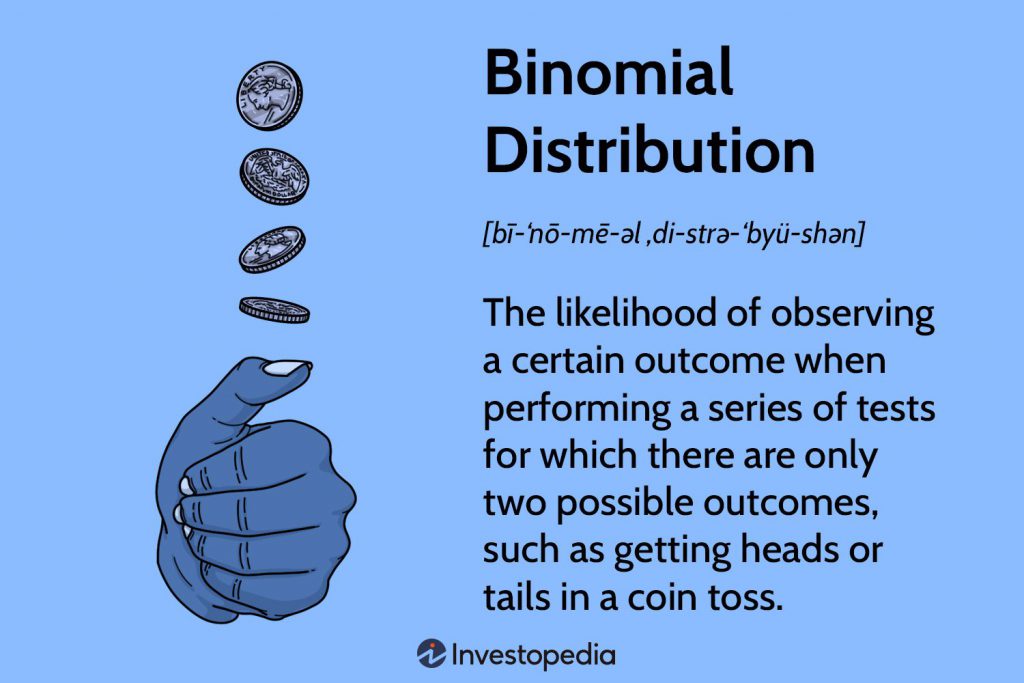What happens if we graph both ƒ and ƒ^(-1) on the same set of axes, using the x-axis for the input to both ƒ and ƒ^(-1)?
[Suggestion: go to www.desmos.com/calculator and type y = x^3 {-2 < x < 2}, y = x^(1/3) {–2 < x < 2}, and y = x {–2 < x < 2}, and describe the relationship between the three curves.] Then post your own example discussing the difficulty of graph both ƒ and ƒ^(-1) on the same set of axes.
Suppose ƒ: R → R is a function from the set of real numbers to the same set with ƒ(x) = x + 1. We write ƒ^2 to represent ƒ ∘ ƒ and ƒ^(n+1) = ƒ^n ∘ ƒ. Is it true that ƒ^2 ∘ ƒ = ƒ ∘ ƒ^2? Why? Is the set {g : R → R l g ∘ ƒ = ƒ ∘ g} infinite? Why?
If
we graph both f and f^{-1} on the same set of axes, using the x-axis for the
input to both f and f^{-1}, we can observe some interesting relationships
between the curves. Let’s consider the suggested functions:
1.
f(x) = x^3, where -2 < x < 2
2.
f^{-1}(x) = x^{1/3}, where -2 < x < 2
3.
g(x) = x, where -2 < x < 2
When
we graph these three curves, we can see that f(x) = x^3 forms a curve that
starts from the origin, passes through (-1, -1), (0, 0), and (1, 1), and then
extends towards infinity in both positive and negative directions. This curve
is symmetric about the origin.
(more…)


